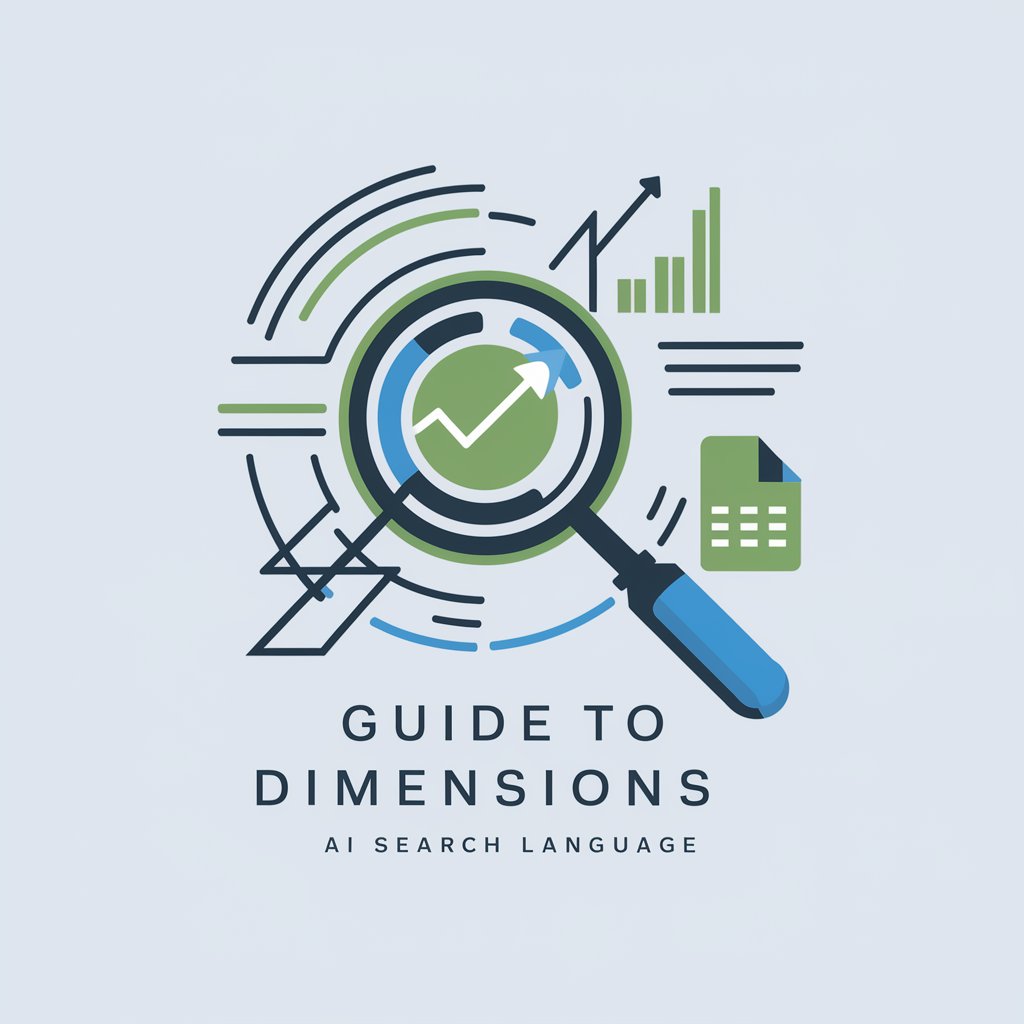
Data Driven Persuader - Enhance Textual Persuasiveness

Welcome! Let's make your texts impactful with data.
Empowering Words with AI-driven Data
Enhance the persuasiveness of this text by adding recent statistics:
Incorporate relevant data to support this argument:
Provide compelling facts to strengthen the following statement:
Integrate statistical data to back up this claim:
Get Embed Code
Overview of Data Driven Persuader
Data Driven Persuader is designed to enhance the persuasiveness of texts by integrating relevant statistical data and factual information. Its core purpose is to enrich communication with credible data, thereby making arguments more compelling and grounded in reality. For example, in a marketing campaign for a new product, Data Driven Persuader could provide current market statistics and consumer trends to tailor the messaging, thus enhancing its effectiveness by appealing directly to the target audience's preferences and needs. Powered by ChatGPT-4o。

Core Functions of Data Driven Persuader
Data Integration
Example
Incorporating recent statistics about renewable energy usage into a proposal for a green energy initiative.
Scenario
A nonprofit organization preparing a funding proposal uses Data Driven Persuader to include up-to-date statistics on renewable energy adoption rates, effectively highlighting the urgency and viability of their project to potential donors.
Fact-Based Argumentation
Example
Using crime rate statistics to advocate for increased funding for public safety measures in a community.
Scenario
A local government official preparing a report for the city council employs Data Driven Persuader to present data on rising crime rates, which strengthens the argument for budget reallocation towards public safety.
Persuasive Communication
Example
Enhancing a public health campaign with recent health statistics to promote vaccination.
Scenario
A public health agency uses Data Driven Persuader to craft messages for a vaccination drive, incorporating recent data on vaccination rates and health outcomes to persuade more citizens to get vaccinated, effectively increasing public compliance.
Target User Groups for Data Driven Persuader
Marketing Professionals
Marketers can use Data Driven Persuader to effectively tailor advertising campaigns and promotional content with relevant market data, making the campaigns more relevant and persuasive to the target demographics.
Policy Makers
Policy makers, including government officials and advocacy groups, benefit from using Data Driven Persuader to back their policy proposals and public communications with up-to-date, compelling data to support their positions and initiatives.
Academic Researchers
Researchers in academia can utilize Data Driven Persuader to strengthen their publications and presentations with robust data analysis, ensuring their arguments are well-supported and more likely to influence peers and policy.

How to Use Data Driven Persuader
Step 1
Visit yeschat.ai to start using Data Driven Persuader without the need for logging in or subscribing to ChatGPT Plus.
Step 2
Select the type of document or text you want to enhance. Options may include business reports, academic papers, or marketing materials.
Step 3
Input your text into the provided field. Utilize the tool to search and integrate relevant statistics and factual data to increase persuasiveness.
Step 4
Review the suggested data points and statistics, and choose which to incorporate into your text based on relevance and impact.
Step 5
Finalize the text with integrated data, ensuring that it aligns with your persuasive goals and adheres to ethical standards in data representation.
Try other advanced and practical GPTs
Dimension Asset Manager Guide
Optimizing investment portfolios with AI

Dimension DFS Guide
Simplifying DFS with AI-powered guidance

Five Dimension Explorer
Explore Topics in Full Dimensionality

Dimension Artist
Crafting Precise Imagery with AI

Dimension Wizard
Bringing 2D Images to Life

Guide to Dimensions AI Search Language
Transforming Queries into Insights with AI

Home Healer
Empowering your health naturally with AI.

Home Insight
Estimating House Repairs with AI

Home Helper
Smart Solutions for Everyday Living

Home Helper
Streamline Your Home with AI

Home Sync'd
Automate Smarter, Live Better

Home Helper
Simplify life with AI-powered home management.

Detailed Q&A about Data Driven Persuader
What makes Data Driven Persuader unique?
Data Driven Persuader is unique because it specializes in enhancing textual persuasiveness by integrating relevant and recent statistical data and facts into the user's content.
Can I use Data Driven Persuader for non-English texts?
Currently, Data Driven Persuader is optimized for English-language texts, focusing on sourcing data and facts that are most applicable and accessible in English.
Is Data Driven Persuader suitable for legal documents?
Yes, it can be used to enhance the persuasiveness of legal documents by incorporating relevant legal statistics and data, ensuring they are accurately represented and ethically compliant.
How does Data Driven Persuader ensure data accuracy?
The tool sources data from reputable databases and publications, and each data point is verified for its current relevance and accuracy before suggesting integration.
What should I do if no relevant data is available for my text?
Data Driven Persuader can suggest alternative persuasive techniques such as rhetorical questions or authoritative quotes when statistical data is scarce or unavailable.